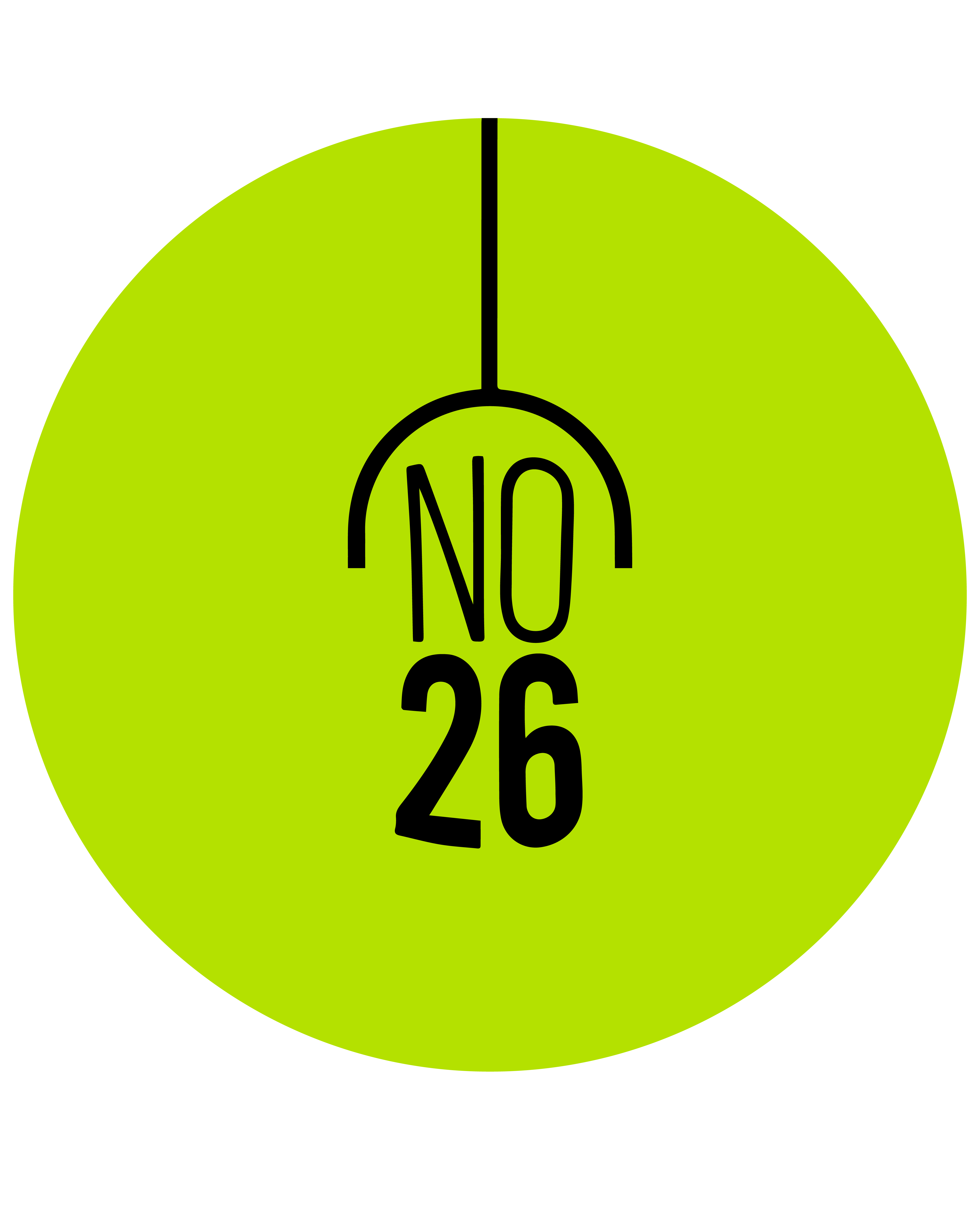Born in 1987, Kosovar artist Driton Selmani is one of the most compelling young voices in contemporary art. His work emerges from his relationship with seemingly ordinary objects that take on profound new meanings in context. Irony, poetry, and politics flow together in his creations.
One of Selmani’s best-known works involves writing short sentences and love letters on plastic bags. Whether fluttering in the wind or hanging against an empty wall, these bags reveal both the fragility of consumer culture and the universality of personal emotions. In his hands, a simple plastic bag transforms into both a symbol of love and a critique of politics.
Selmani frequently combines text and imagery. Short phrases written on walls, signs, or temporary surfaces amuse while provoking thought. His Love Letters to Everyone series, for instance, carries an intimacy that is universally accessible yet belongs to no one in particular.
His work is not only personal but also tied to collective memory. Kosovo’s post-war identity, the uncertainties of transitional periods, and the political fluctuations of the Balkans are woven into his art with a poetic yet critical voice. His participation in major biennials like Manifesta 14 underscores that his work carries not only aesthetic but also political weight.
Simplicity stands out in his choice of materials: plastic bags, fabric scraps, cardboard, neon lights. This minimalism serves the directness of his message, offering viewers not the lofty walls of art but the simplest objects of everyday life.
Critics often describe his approach as the “poetics of the everyday.” Selmani places an ordinary object in such a way that it becomes a symbol of larger societal issues. This makes him a unique figure in contemporary art, balancing humor and seriousness with finesse.
Apartment No:26 Note
Looking at Driton Selmani’s work, you realize even a plastic bag can carry profound meaning. His art reminds us that the most powerful political messages can emerge from the simplest objects. For us, Selmani is one of contemporary art’s most poetic provocateurs, transforming the everyday into art and art into collective memory.














